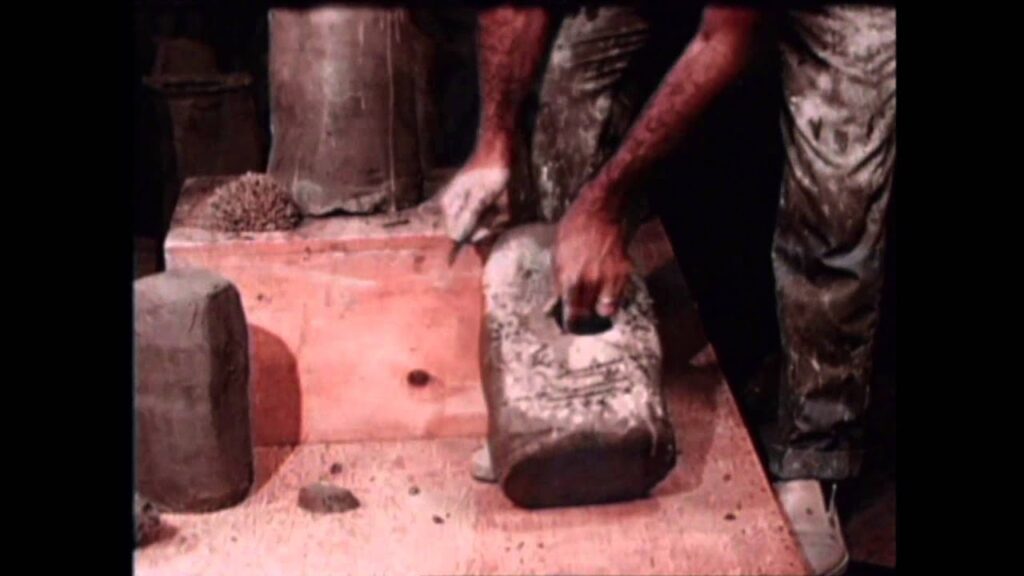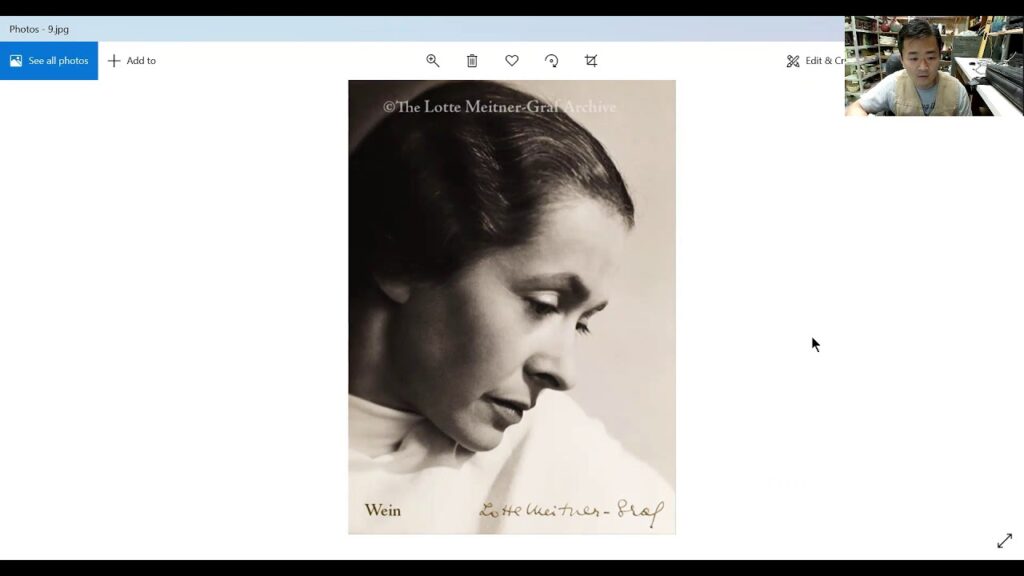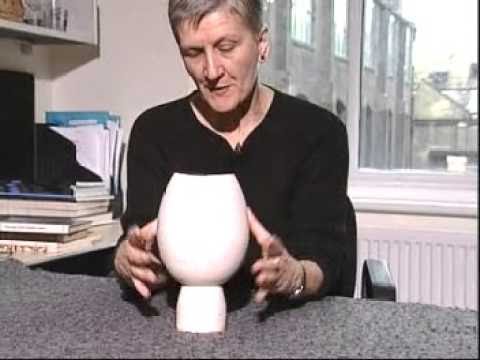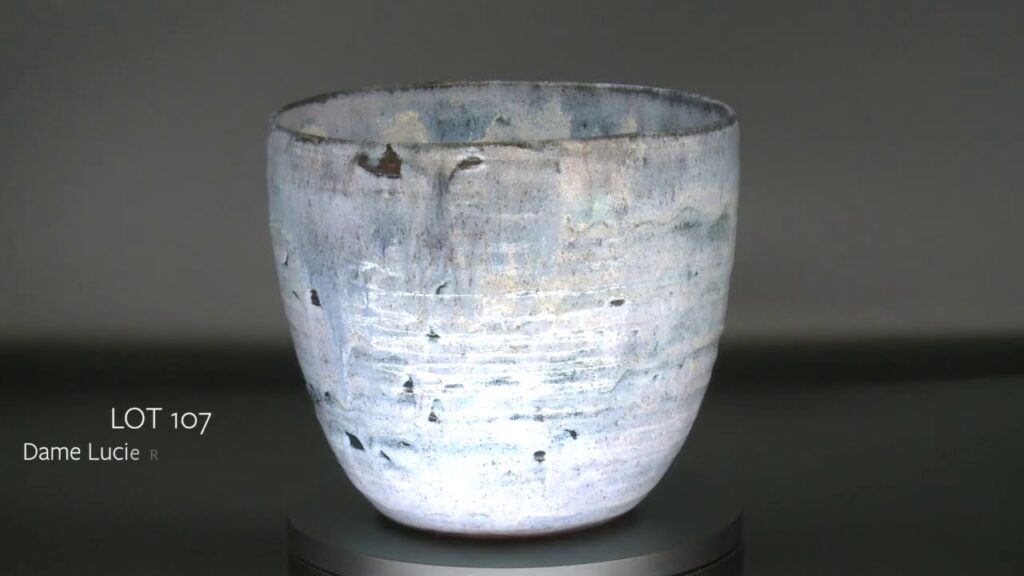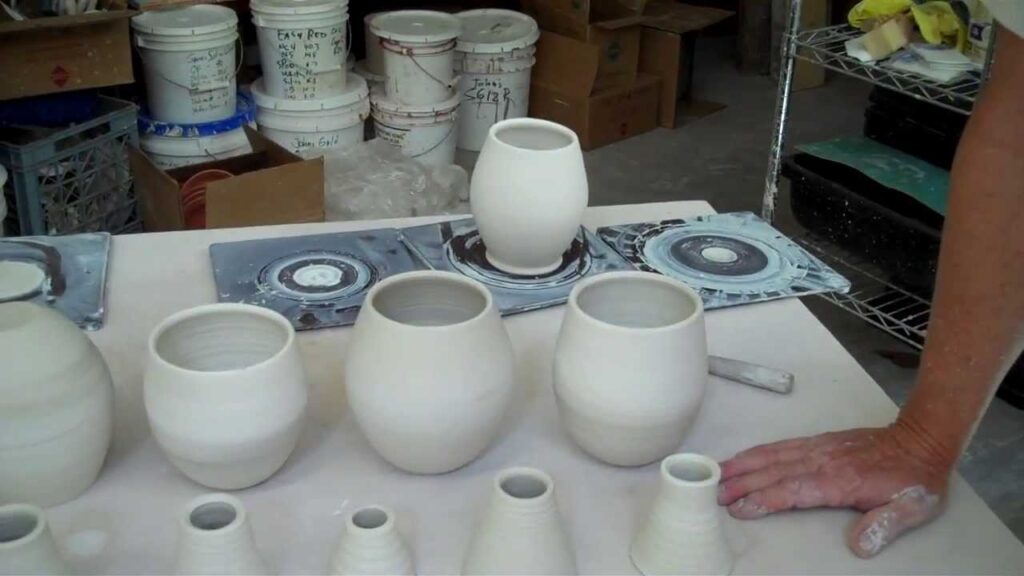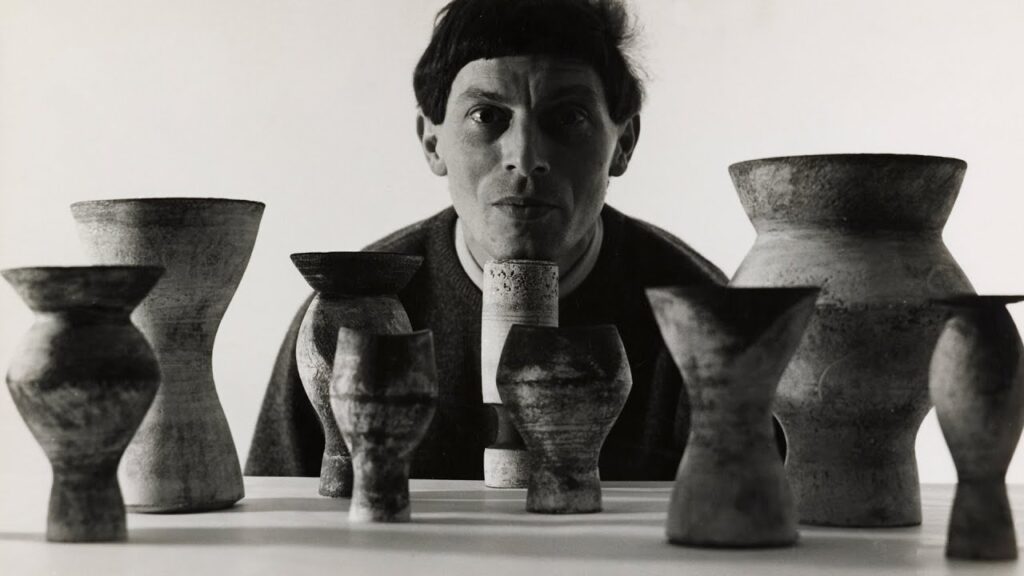Peter Voulkos, A Brief History
Peter Voulkos (1924-2002) was a ceramist most known for his abstract expressionist sculptures. He received his BS from the Montana State College, Bozeman and received his MFA from the California College of Arts and Crafts (now the California College of the Arts).
He taught at the Los Angeles County Art Institute (later renamed the Otis College of Art and Design) and the University of California, Berkeley. His students include Paul Soldner, Kenneth Price, Henry Takemoto, Michael Frimkess, John Mason, and others. His work can be found in the American Museum of Ceramic Art, Arkansas Arts Center, Everson Museum of Art, Los Angeles County Museum of Art, Metropolitan Museum of Art, Museum of Fine Arts, Boston, and others.
www.craftinamerica.org. SERVICE episode Peter Voulkos segment. PBS premiere: November 2, 2014.
For more on Craft in America, visit www.craftinamerica.org.
All Craft in America programs are now viewable on www.craftinamerica.org, the PBS iPhone/iPad app and video.pbs.org/program/craft-in-america.
To purchase DVDs: www.shoppbs.org

